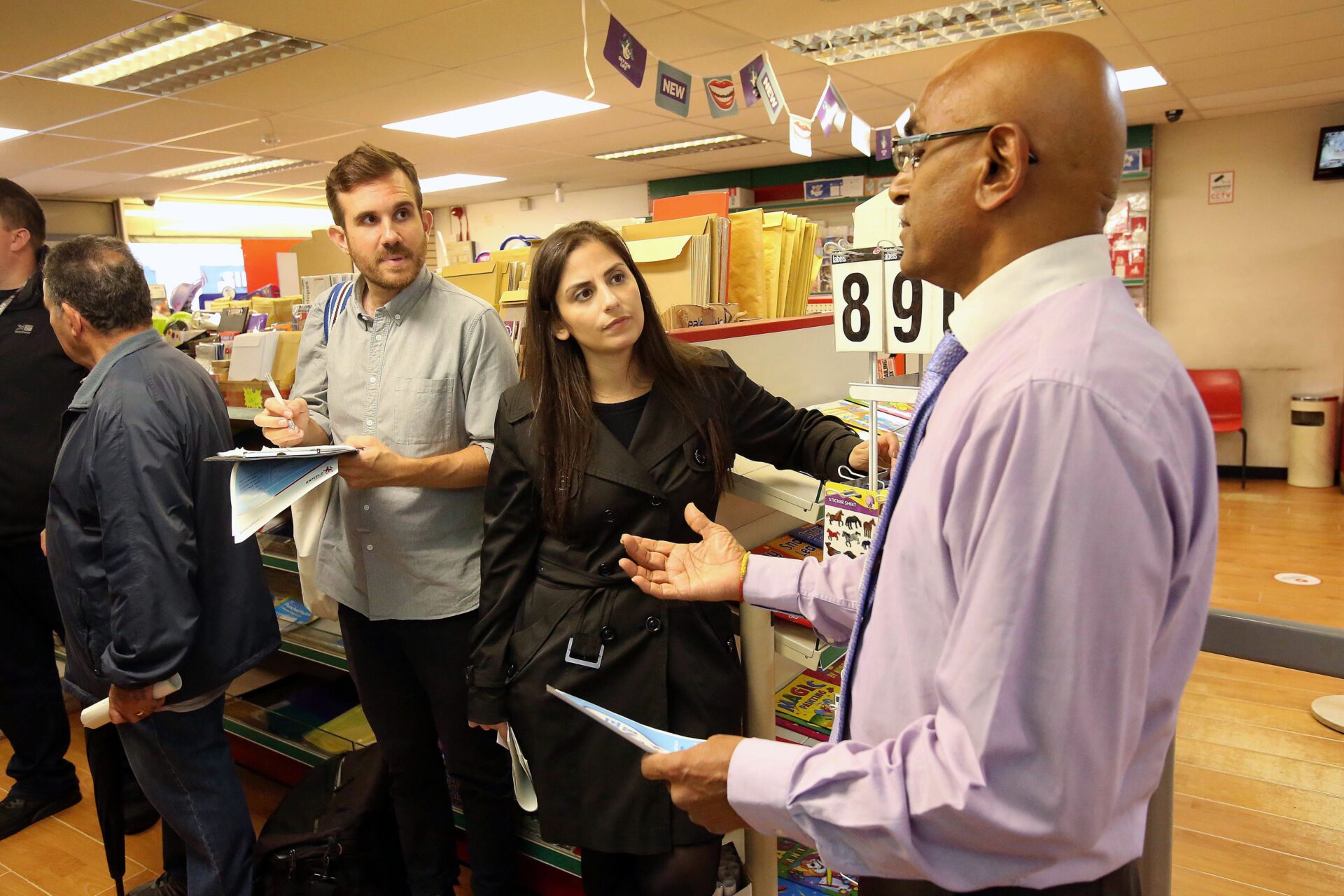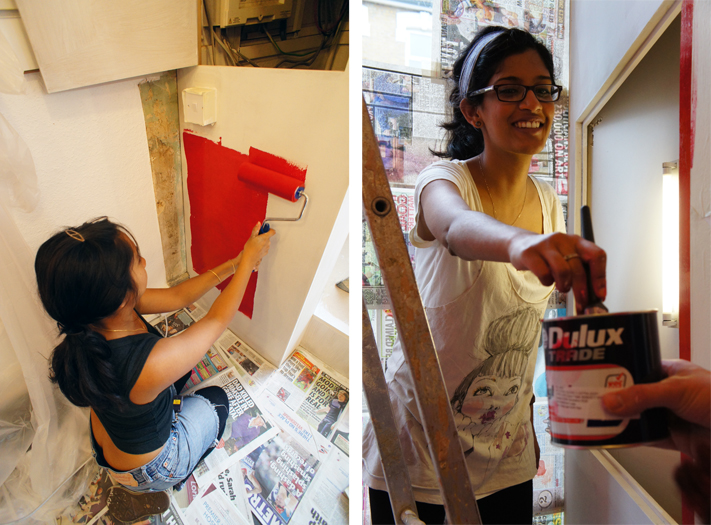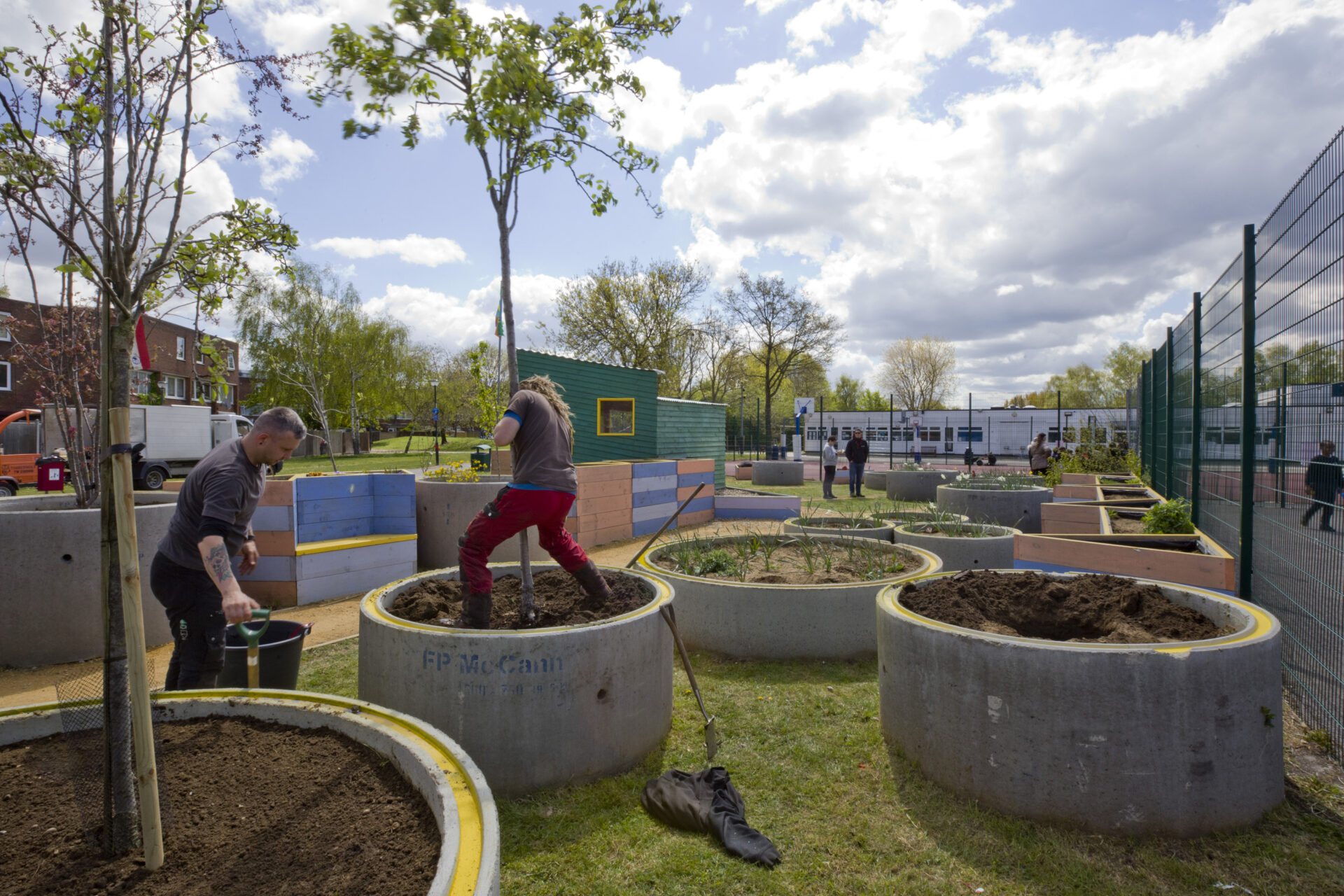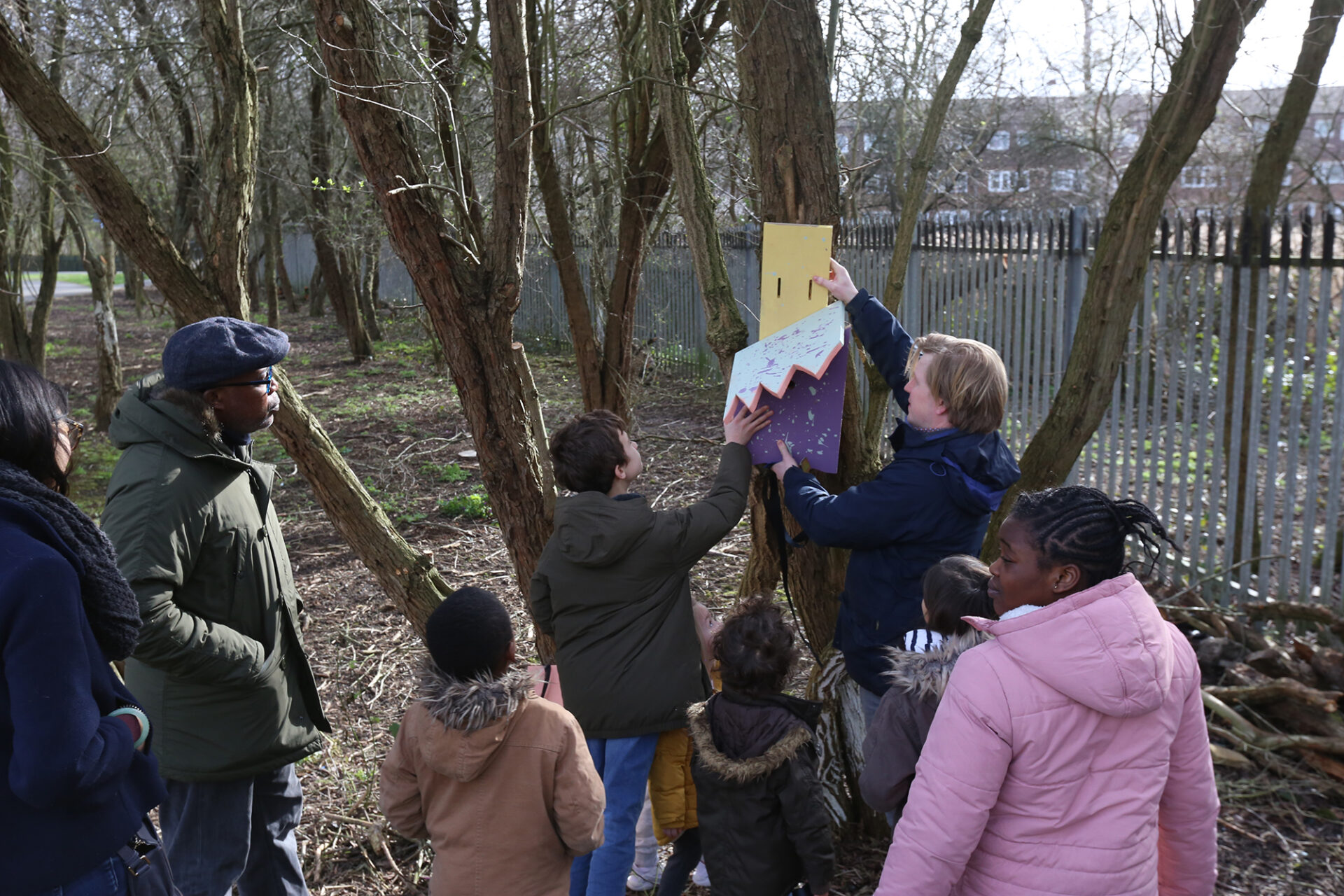As building systems have grown more complex, architects increasingly find themselves as members of multi-disciplinary teams.
At its best, the design process becomes one of respectful exchange between knowledgeable and energetic peers. However, a truly collaborative approach often involves ceding the floor to those outside our professional sphere, who may not speak the specific dialects of regeneration or building technology.
As a practice, our experience in self-building, installation and has seen us confront (at times, painfully) the limits of our own expertise and capabilities. With each new project, we add to our own reserves of experience and knowledge. More importantly, we begin to understand better our own limitations, and where others would do a better job than us.
Our approach to collaboration is informed by our early work in theatre set design. While there is often a clear hierarchy of roles in theatrical production, there is also a profound respect for the specialist skills that each member of the company brings. While the director may receive star billing, the creative inputs of lighting technicians, set builders and prop manufacturers are understood to be vital to the show. Roles are clear, and, while each may contribute at a different scale, all are valued. Every night, the company as a whole will be intensely, directly accountable to the critical eyes of a paying public. There’s no option but to make the very most of everyone’s contribution.

Similarly, we feel that effective collaboration in the built environment requires a frank appreciation of our own skills, those of other team members, and the essential aims of a project. As architects, we will have our role to play. Frequently this is in coordination and synthesis, but it could equally be in illustration, presentation or detailed resolution. Others will often be better positioned to maintain long term local relationships and galvanise community support.
This is frequently the case where we work with local authorities and community groups to secure project funding. Over the years, we have helped public and third sector clients secure some £7.5 million for public and third sector clients. Elaborating a proposal that builds logically from their previous work to address emerging trends and challenges in a compelling vision of the near future always means harnessing the full extent of our clients’ local knowledge and connections. Working to unforgiving submission deadlines means we need to get to know each other fast.
Enfield Council’s Good Growth Fund bid for Angel Edmonton came together rapidly over just a few weeks in October 2019. The Council brought an understanding of the long term economic and social challenges faced by businesses on Fore Street and residents of the adjacent Joyce and Snells estate. Together, we reached out to the area’s community groups, businesses, creatives and makers, who contributed a vivid picture of the ambitions they hold and operational challenges they face.

Our key contribution lay in finding sites around the high street which, with well-considered capital investment, could do the most to respond to these local needs. At the same time, we built a cohesive spatial vision around these which was persuasive enough to secure £1.1 million in GLA funding.
As we continue to work with Enfield on delivering the project, we are also building on the relationships nurtured through the bid development. We are working with Launch It, an enterprise support organisation from down the road in Tottenham, to transform existing garages into affordable workspaces. Their connections with the local business community will shape workspaces which are priced and fitted out to suit small Edmonton businesses. Fore Street residents and architects Fisher Cheng are coordinating a programme of artwork and public realm interventions, making the streets they walk home every night feel safer and more welcoming. Enfield’s library management team are developing an expanded programme of activities in the Fore Street library, which we will enable with a new flexible layout. Individually, each action will have an appreciable positive impact on Fore Street, but a well-considered collaboration will amplify its benefits to the local economy, making it much more than the sum of its parts.
Our transformation of High Road Leyton was, similarly, subject to an urgent deadline, with works due to complete in time for the passage of the 2012 Olympic torch. With time ticking down and dozens of traders and business owners to work with on improving their building frontages, we ran a design competition to engage 11 emerging designers from top London and European design schools. Each designer worked closely with one business to bring forward designs that are at once playful, energetic and neatly tailored to the shop. The structure of this collaboration recognised the importance of direct, personal relationships, matching the creative energy of recent graduates with the independent, entrepreneurial spirit of high street traders. This cohort of graduates realised the first project of their independent careers while we helped to navigate the complexities of managing a project facing and funded by the public.
To work in a manner that is genuinely collaborative, one that empowers the voices of local others, means being open about project outcomes: even if, in the end, they will not be ‘architectural’ in their nature. In these instances, collaboration can unlock longer term engagement and deep-rooted change.
Our conversations with residents of Claridge Way revealed just how much they value the wilder corners of their neighbourhood in the Moorings, Thamesmead. When working with Peabody to consider improvements to the green spaces around the services wayleave which runs through the back of the neighbourhood, it was clear that a richer natural environment would be key to their enjoyment.
Unfortunately, while we are not shy about getting our hands dirty, we are not (yet) fully expert in ecology. We worked together with an experienced gardener and an ecologist to inform a strategy that combines community gardening, animal habitats and wildflower planting in a common plan that creates new opportunities for residents of all ages to encounter horticulture and wildlife. Walking through the thickets and lawns of the site with Peabody’s tree and grounds maintenance teams, we thrashed out the detail of the delivery and upkeep of a new paradigm for Thamesmead landscapes based on low intervention and increased biodiversity.
As a consistent single point of contact throughout the project, our role lay in designing and orchestrating opportunities for residents to actively – and playfully – participate in the life of this new landscape. Ultimately, through the project’s lifespan, Peabody took on the direct management of the local nature reserve, instituted a new gardener in residence for the Moorings, and supported its grounds maintenance team to learn an expanded range of planting skills. For us, these new working methods and relationships are project outcomes just as important than any built infrastructure.



